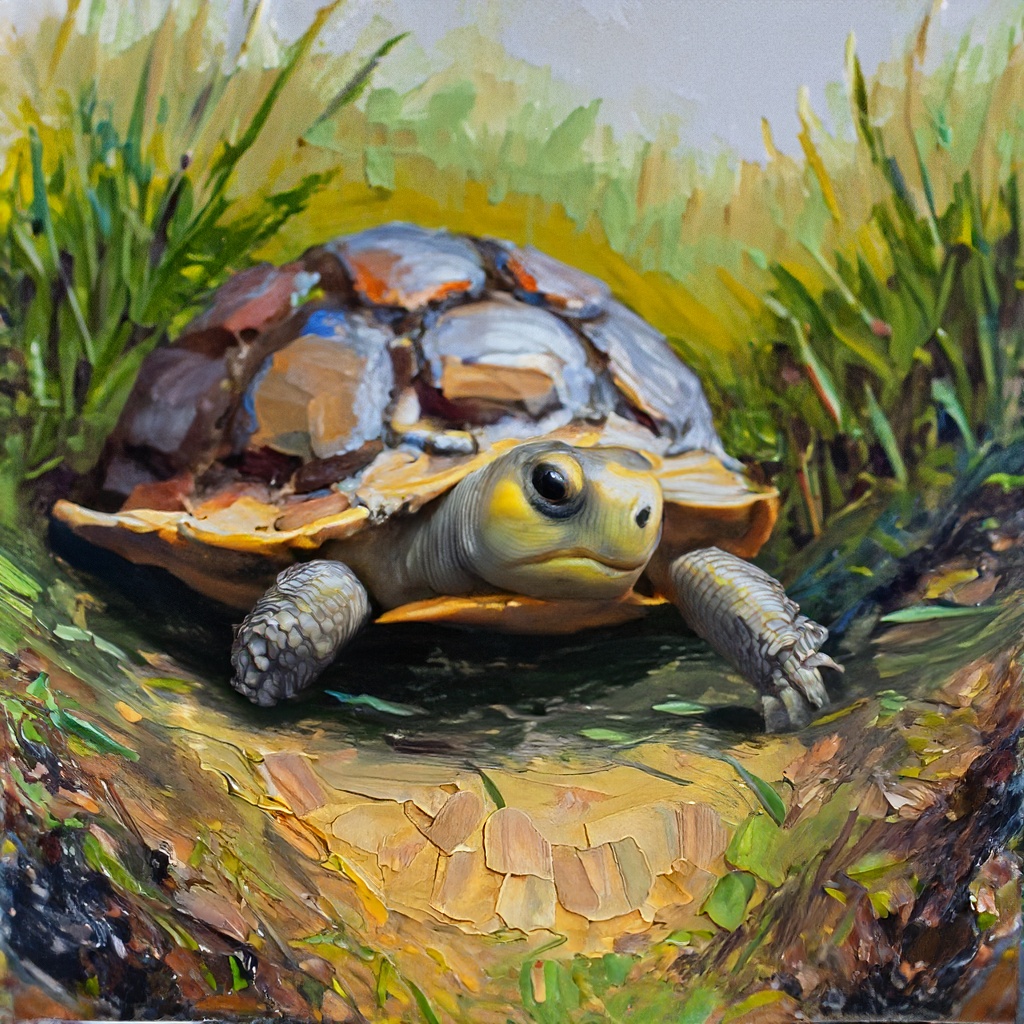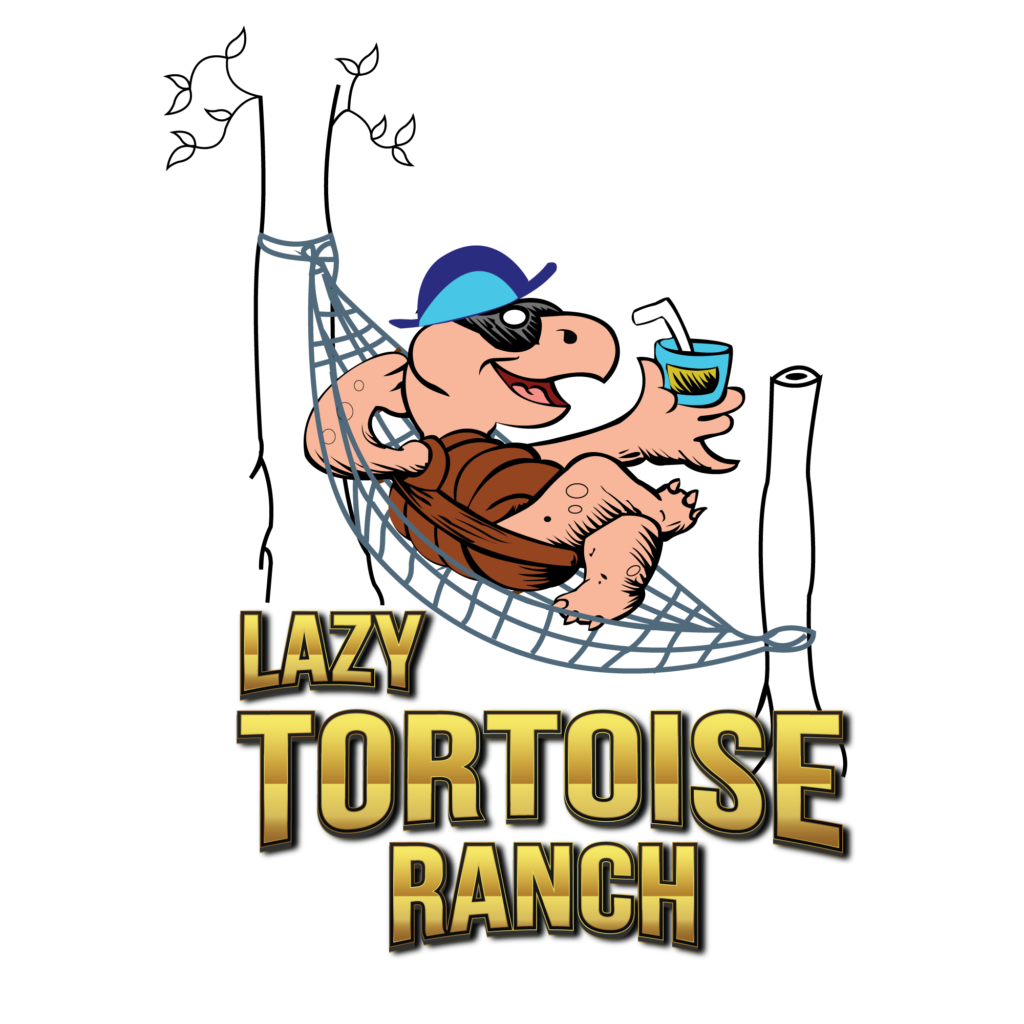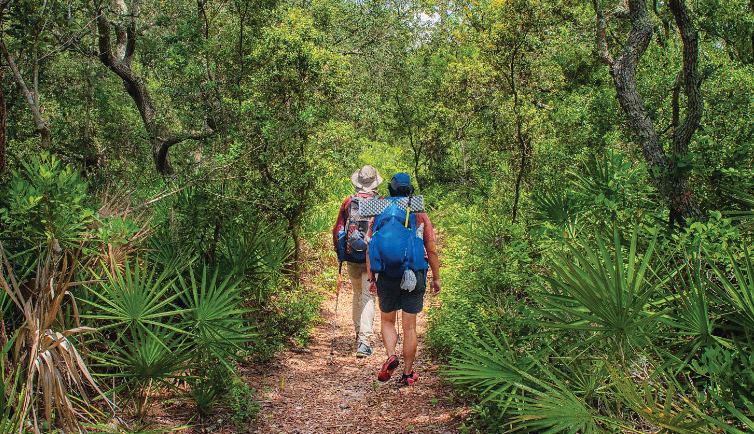
Baby Tortoise in Clumping Grasses by the artist RIVEN; buy Prints that buy Wildlife Refuge at www.StevenLumbert.com
Introduction:
Welcome to the Lazy Tortoise Ranch RV Wildlife Refuge, a serene haven where nature thrives in its most authentic form. Today, we’re delving into a crucial aspect of our conservation efforts: the use of native clumping grasses in our landscapes. This decision isn’t just about aesthetics; it’s a vital move to support our ecosystem, particularly our smallest inhabitants – the newly hatched Gopher Tortoises.
Why Native Clumping Grasses?
Native clumping grasses, such as wire grass, play a pivotal role in the ecosystem of the Lazy Tortoise Ranch. These grasses create a unique habitat that is especially conducive to the needs of the Gopher Tortoise, a keystone species in our refuge.
1. Creating a Safe Nursery for Gopher Tortoises:
Newly hatched Gopher Tortoises, often less than an inch long, face a perilous world. They require open sandy areas for mobility and a dense canopy for protection against predators. Native clumping grasses fulfill both these needs exquisitely. Their structure allows for open sandy patches between the clumps, giving the tiny tortoises room to roam and forage. Simultaneously, the grasses form a protective canopy, shielding these vulnerable hatchlings from the watchful eyes of predators.
2. Ecological Benefits Beyond the Tortoise:
These grasses are more than just a tortoise’s ally. By choosing to let them grow rather than laying sod, we encourage a host of ecological benefits. Unlike sod, which often requires frequent mowing and maintenance, native clumping grasses are maintained through controlled burns. This practice not only reduces our carbon footprint but also stimulates these grasses to grow deeper roots. These deeper roots are excellent at carbon sequestration, helping in the battle against climate change. Moreover, the seeds produced by these grasses after a burn are a vital food source for numerous other wildlife species that call our refuge home.
3. Embracing Nature’s Cycle:
The practice of burning instead of mowing aligns with the natural ecological cycles. Fires rejuvenate the soil and encourage a fresh burst of growth, ensuring that our landscapes are not just surviving but thriving. This approach is a nod to the natural processes that have shaped Florida’s ecosystems for millennia.
At the Lazy Tortoise Ranch Wildlife Refuge, every decision we make is guided by the goal of creating a harmonious and sustainable environment. The use of native clumping grasses is a testament to our commitment to conservation and ecological mindfulness. It’s not just about providing a sanctuary for the Gopher Tortoise; it’s about respecting and facilitating the intricate web of life that flourishes in these beautiful landscapes. We invite you to visit and witness how these grasses create a thriving ecosystem, one clump at a time.
Gopher Tortoise Fact Sheet
The Gopher Tortoise (Gopherus polyphemus) is a species native to the southeastern United States, and its early life stages, like those of many reptiles, involve specific habitat requirements and challenges. Here’s an overview:
Habitat Requirements
Nesting Sites: Gopher Tortoises lay eggs in sandy soils, usually in open, sunny areas. The temperature of the nest can determine the sex of the hatchlings, with warmer temperatures typically producing females.
Burrows: After hatching, young tortoises require access to burrows for shelter. These burrows are crucial for protection from predators and extreme weather conditions. They also maintain a relatively stable microclimate.
Vegetation: The habitat must have an ample supply of low-growing vegetation, which serves as their primary food source. They typically consume a variety of grasses, herbs, and occasionally fruits.
Water Source: While Gopher Tortoises can obtain most of their water from the food they eat, access to a water source, especially in dry periods, is beneficial.
Challenges and Problems
Predation: Eggs and young tortoises are vulnerable to predators such as raccoons, foxes, and birds. The survival rate from egg to adulthood is low due to predation.
Habitat Loss: Urban development, agriculture, and deforestation have led to significant habitat loss, which is a major threat to the species. This reduces available nesting sites and food sources.
Climate and Weather: Extreme weather events, such as prolonged droughts or heavy rains, can impact the survival of young tortoises. Additionally, climate change may affect sex ratios due to temperature-dependent sex determination.
Human Interaction: Roads and vehicle traffic pose a significant threat, especially for young tortoises that are less mobile and less visible. Additionally, human interaction can lead to disturbance of nesting sites and burrows.
Disease: Like many wildlife species, Gopher Tortoises can suffer from various diseases, which can be exacerbated by stress due to habitat loss and fragmentation.
Conservation efforts for the Gopher Tortoise often focus on protecting and restoring suitable habitats, creating wildlife corridors, and reducing human-wildlife conflicts to ensure the survival of this species.

